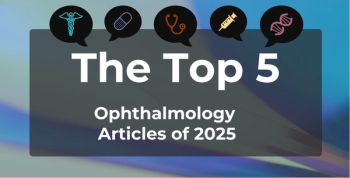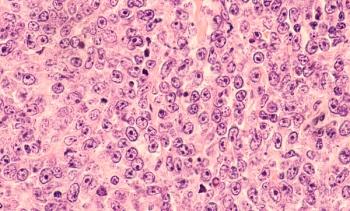
Hospital-at-Home Bundled Program Associated With Better Clinical Outcomes, Patient Experiences
Providing an alternative to inpatient care, hospital-at-home care bundled with a 30-day postacute transitional care episode is associated with improved patient outcomes, such as readmissions and emergency department revisits, and ratings of care compared with inpatient hospitalization.
Providing an alternative to inpatient care, hospital-at-home (HaH) care coupled with a 30-day postacute transitional care episode is associated with improved patient outcomes, such as readmissions and emergency department (ED) revisits, and ratings of care compared with inpatient hospitalization, according to study results published in
In September 2017, the Physician-Focused Payment Model Technical Advisor Committee (PTAC) recommended full implementation of an alternative payment model (APM) for hospital-at-home care. The payment model bundles acute HaH care with a 30-day postacute period of home-based transitional care. Previous studies have indicated better patient and caregiver experience, as well as cost savings with HaH, and the researchers sought to assess outcomes, experiences, and safety of this new model.
For comparison, researchers collected interviews for patient characteristics and ratings of care, medical chart and administrative record abstractions, and insurance claims from 295 HaH care patients and 212 inpatient controls. HaH patients were recruited from Mount Sinai Hospital and Mount Sinai St Luke’s Hospital EDs between November 18, 2014 and August 31, 2017.
During a HaH care episode, a physician or nurse practitioner provided home-based acute services, including physical examination, illness and vital signs monitoring, intravenous infusions, wound care, and education regarding the patient’s illness. During the 30-day postacute period, nurses and social workers provided patients with self-management support and coordination of care with primary care clinicians, specialists, rehabilitation, and outpatient testing as needed.
HaH patients were older than controls (mean age, 76.9 vs 71.5), less likely to have Medicare Advantage or private coverage (14.2% vs 26.9%), and more likely to have 1 or more preacute functional limitations (71.5% vs 55.5%).
These patients were less likely to have 30-day all-cause hospital readmissions than those treated inpatient (8.6% vs 15.6%) and 30-day ED revisits (5.8% vs 11.7%). HaH patients were also nearly 10 times less likely to be transferred to a skilled nursing facility (1.7% vs 10.4%). Care was escalated to the ED for just 3 (1%) HaH patients, compared with 33 (12.2%) of inpatient participants. Both HaH patients and inpatient participants experienced few adverse events.
When rating their care, HaH patients reported higher ratings for communication with their nurses and physicians, as well as communication about their medications, and were more likely to provide the highest rating for overall care (68.8% vs 45.3%).
However, HaH patients did not rate pain management as highly as inpatient participants did. The researchers noted that this could be due to some features of the HaH model, such as fewer opportunities to titrate pain medications and more physical activity by patients in their homes.
Despite these results and past studies indicating positive patient experiences and cost savings of 19% to 38%, HaH programs have largely gone untapped in the United States. The researchers attribute this to lack of fee-for-service payment mechanisms to support them. However, new incentives in recent years, such as Medicare penalties for 30-day readmissions, may increase interest in investment in HaH care.
“As healthcare evolves through a shift in focus to value and patient-centeredness, the HaH program may find increasing appeal among health systems,” wrote the authors of the study. They added that HHS could facilitate adoption and implementation of HaH services by approving the HaH APM recommended by PTAC in 2017.
Reference:
Federman A, Soones T, DeCherrie L, et al. Association of a bundled hospital-at-home and 30-day postacute transitional care program with clinical outcomes and aptient experiences [published online June 25, 2018]. JAMA Intern Med. doi:10.1001/jamainternmed.2018.2562.
Newsletter
Stay ahead of policy, cost, and value—subscribe to AJMC for expert insights at the intersection of clinical care and health economics.







































